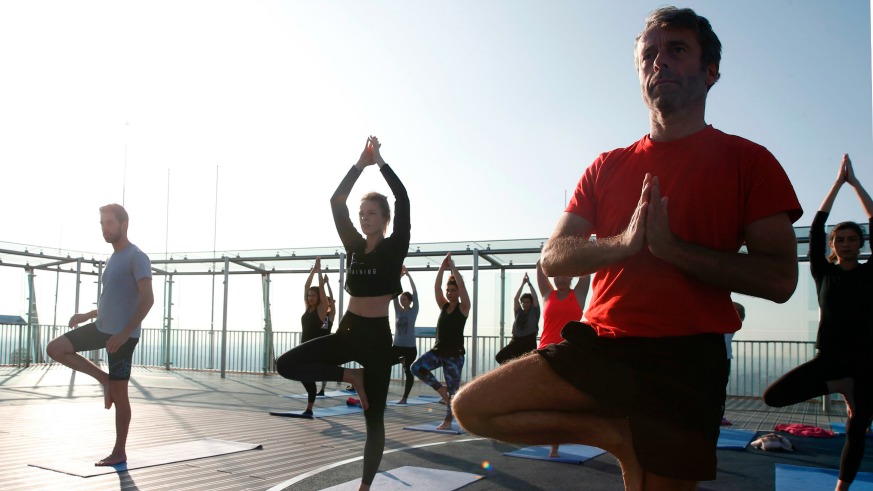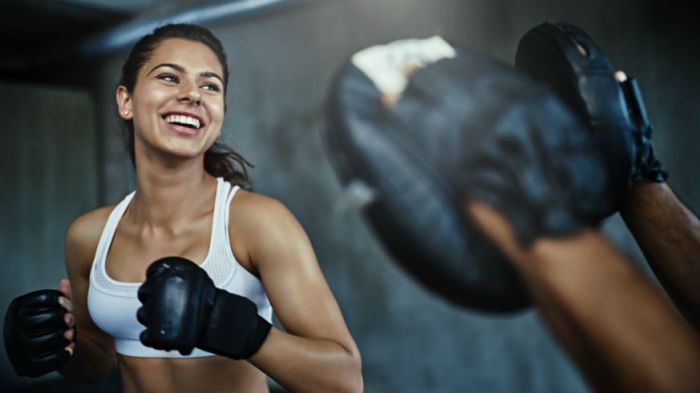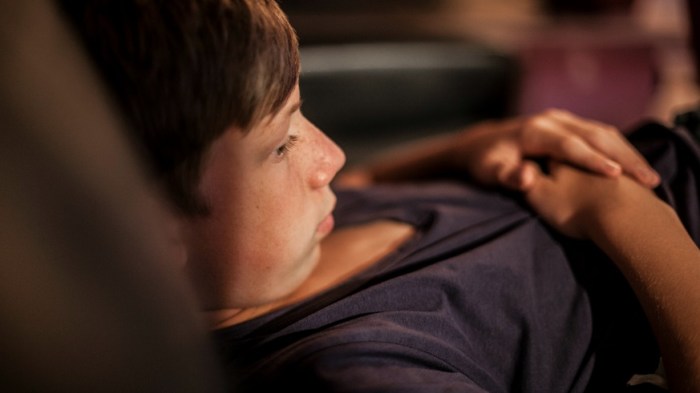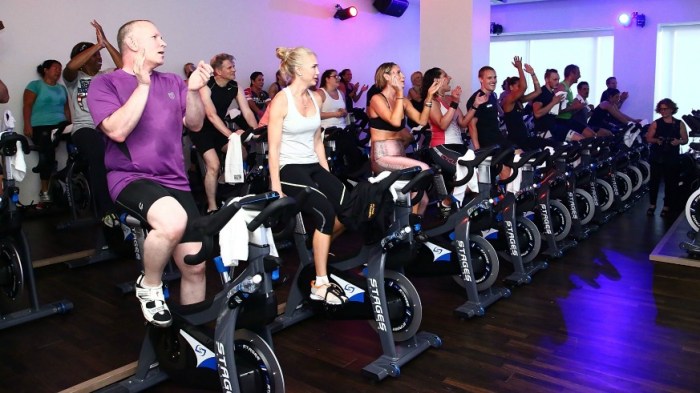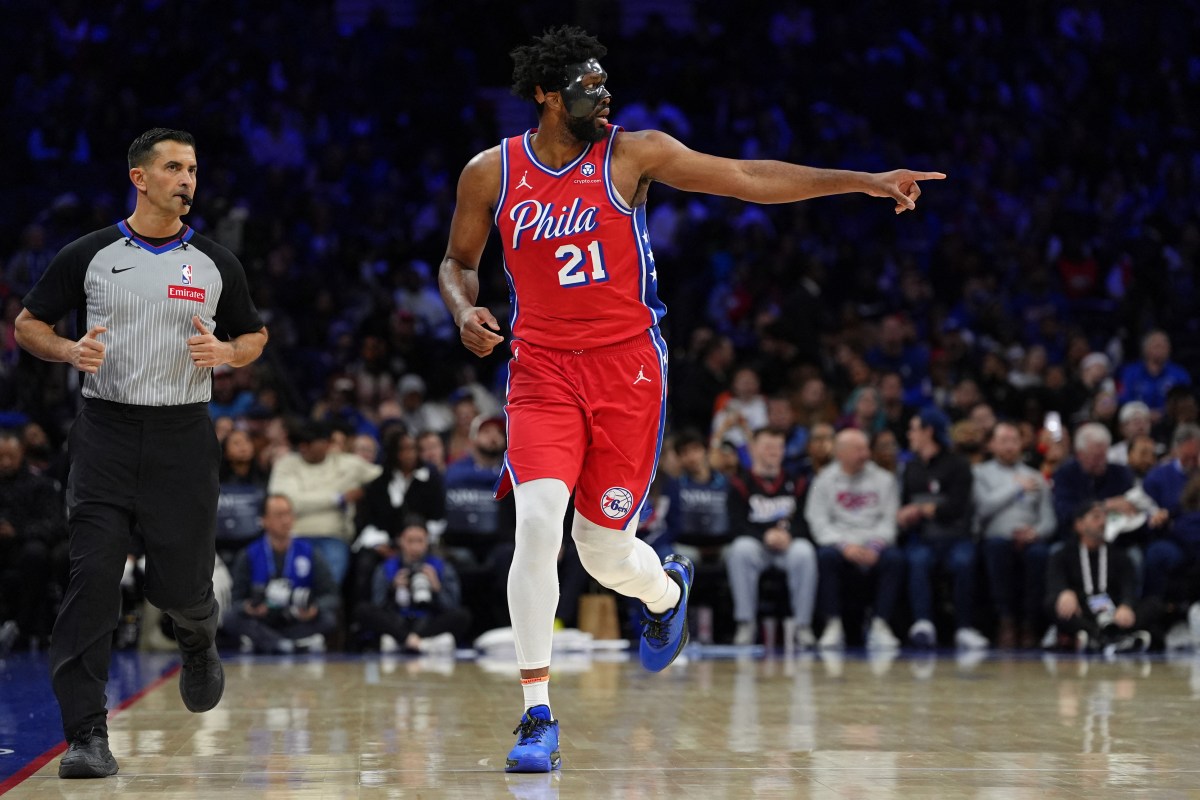Deciphering a yoga studio schedule can be pretty intimidating with different types of classes — none of which are just called “yoga.”
While many beginners assume that yoga is just one-size-fits-all practice, it’s actually a catch-all term for the 5,000-year-old practice of harmonizing the body and mind with distinct poses (asanas), breathing exercises and meditation.
The most popular types of yoga
The different styles of yoga have different benefits, but deciphering which is best for you isn’t easy. Let’s break down the most popular types of yoga found in studios around the United States to help make your next trip to the yoga mat a little less confusing — and a lot more namaste-y.
Hatha yoga
Hatha yoga is the basis for most types of yoga and is generally what comes to mind when people think about yoga, according to longtime yoga instructor Sherrell Moore-Tucker.
“Hatha is great for beginners because it focuses on breathing, physical postures and alignment at a slower pace,” she says. Hatha usually focuses on one pose at a time so students of all levels can participate.
Vinyasa yoga
Vinyasa yoga — also known as power yoga — creates a “moving meditation” by synchronizing breath and movement, according to Moore-Tucker.
“These types of classes may be a moderate pace or designated slow flow for those who like to flow just not as fast as a typical class,” she says.
Invigorating sun salutation poses are at the heart of Vinyasa yoga, including the downward-facing dog, the plank, chaturanga (the yogi push-up), cobra and upward-facing dog. “Vinyasa builds endurance, strength, and tones the entire body while adding a cardiovascular element to the practice based on the pace,” she says.
Hot yoga
Hot Yoga, made popular by Bikram Choudhury’s trademarked Bikram Yoga, is held in a hot and humid room — usually set between 95 and 105 degrees Fahrenheit. While Bikram Yoga is universal, meaning every class is the same temperature and sequence, hot yoga “can be any type of yoga practiced in a heated room where the focus is on detoxification,” according to Moore-Tucker.
Yin yoga
Yin yoga is great for both beginners and advanced yogis, according to Moore-Tucker and focuses on stretching the body’s connective tissues — ligaments, fascia and tendons — to help increase circulation and flexibility. It’s slower paced by nature because the poses are usually held on the mat for three to five minutes, either under the student’s own bodyweight, or with the aid of props like the yoga block or towels.
Restorative yoga
Restorative yoga may appear to be similar to Yin yoga, but “the focus and intention is different,” according to Moore-Tucker. “Restorative Yoga helps those who are injured or facing health challenges to be restored mind, body, spirit,” she says.
Restorative yoga is focused on four or five simple poses held for a longer period of time and, like Yin yoga, uses props to promote deep relaxation and healing — some people even consider it “adult nap time,” but without the actual sleep.
Kundalini and Ashtanga yoga
Kundalini and Ashtanga Yoga are more spiritually-based in yoga philosophy and physically regimented and demanding, according to Moore-Tucker.
“These types of yoga classes are not typically offered at your local community centers or gyms,” she says. Kundalini and Ashtanga yoga classes are typically found in more traditional yoga studios with teachers who guide students through structured sequences when the teachers deem they are ready.
“Breath work and chanting are not uncommon with this type of yoga,” adds Moore-Tucker.
How to find the right type of yoga for you
Your goals should guide you toward the right type of yoga for you. Do you want a sweaty workout? Look into Vinyasa yoga or hot yoga. Need something a little more relaxed and rejuvenating? Then restorative yoga or yin yoga is a better choice for you.
The studio vibe is also important. Yoga studios and instructors all have their own distinct style and personality, so try several different types of classes and studios until you find one that both fits what you’re looking for and provides the right type of support and camaraderie among teachers and fellow students.
And if you’re a more analytical person? The Chopra Center offers an easy quiz on their website to help you narrow down the best yoga for you before forking over cash for classes.
But sorry, you won’t find goat yoga anywhere outside of New Hampshire (we know, we know).

